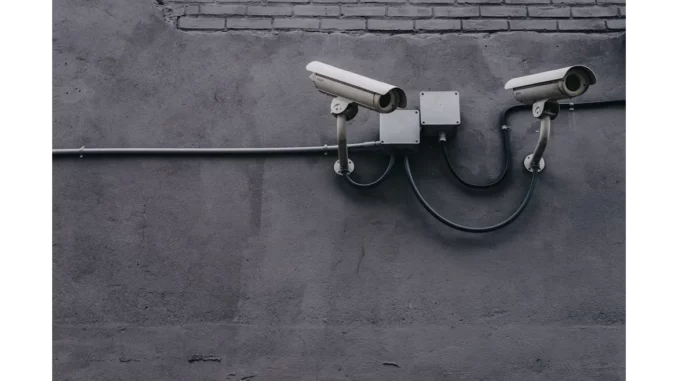
Summary
Surveillance NAS: Revolutionising Security Through Centralised Data Management
As businesses increasingly integrate digital technology to boost operational efficiency, the adoption of Surveillance Network-Attached Storage (NAS) systems is growing exponentially. These systems are reshaping enterprise surveillance by offering centralised data management, robust security features, and seamless scalability. “Surveillance NAS enables organisations to streamline operations and protect critical data across multiple sites,” notes Richard Harrington, a leading security consultant. This shift is part of a broader trend towards digital transformation, altering how companies manage security.
Main Article
The Role of Surveillance NAS in Modern Enterprises
In today’s rapidly evolving digital landscape, businesses are under mounting pressure to enhance their operational frameworks. One emerging solution is Surveillance NAS, a technology that serves as a central repository for video surveillance data. Unlike traditional systems that rely on independent Digital Video Recorders (DVRs) or Network Video Recorders (NVRs), Surveillance NAS offers a unified platform for storing and managing vast quantities of video footage. This centralised approach not only simplifies data management but also bolsters data accessibility and security.
Scalability and Efficiency
A notable advantage of Surveillance NAS is its scalability, a critical factor for enterprises with expansive operations. Consider a corporation managing multiple sites, such as retail chains or manufacturing plants. Traditionally, each site would operate its own surveillance infrastructure, potentially leading to data silos and inefficiencies. Surveillance NAS eradicates these issues by allowing all surveillance data to be centralised. For instance, a company with five factories equipped with 60 cameras each can now consolidate surveillance data into a single platform, accessible to authorised personnel from any location.
The QVR Center, a management software specifically for Surveillance NAS, exemplifies this centralised model. It permits enterprises to monitor and control up to 256 surveillance servers and over 1,600 cameras across diverse locations. This enables decision-makers at headquarters to receive real-time updates and notifications, facilitating informed decision-making.
Fault Tolerance and Security
Surveillance NAS systems also incorporate fault-tolerant transfer mechanisms, ensuring uninterrupted video surveillance without the need for complex and costly backup servers. Solutions such as QNAP’s QVR Guard can act as backup servers, seamlessly taking over recording tasks during system failures. This fault tolerance is crucial for maintaining continuous surveillance in mission-critical environments.
Advanced data retrieval features further enhance these systems. With capabilities like instant retrieval and real-time analytics, organisations can swiftly access and analyse footage, optimising their response to incidents. The ability to filter and search for specific data streamlines management, enhancing efficiency and security.
Advanced Security Protocols
Security remains a paramount concern for enterprises, and Surveillance NAS systems provide robust measures to protect sensitive data. By implementing stringent permissions and access controls, organisations can ensure that only authorised individuals have access to surveillance data. Furthermore, the integration of AI-driven analytics in some Surveillance NAS systems adds an additional layer of security, enabling features such as facial recognition and anomaly detection.
Detailed Analysis
Broader Implications and Market Trends
The adoption of Surveillance NAS is emblematic of a broader trend in digital transformation, where businesses prioritise security and data management. As noted by industry expert Michael Thompson, “The shift towards centralised surveillance systems reflects a growing need for integrated security solutions in an increasingly interconnected world.”
This trend is consistent with the rise of smart technologies and IoT devices, which drive the demand for sophisticated data management and security systems. As businesses expand their digital footprints, the need for scalable and secure surveillance solutions will likely continue to grow.
The global market for surveillance systems is also expected to expand significantly, driven by technological advancements and increased security concerns. According to a report by Market Research Future, the video surveillance market is projected to grow at a CAGR of 10.1% through 2025, underscoring the increasing importance of solutions like Surveillance NAS.
Further Development
Future Outlook and Continuing Coverage
As Surveillance NAS systems continue to evolve, new features and capabilities are anticipated to emerge, further enhancing their utility in enterprise environments. Future developments may include more sophisticated AI-driven analytics and improved integration with other digital systems, providing even more comprehensive security solutions.
Businesses are advised to monitor these developments closely, as the landscape of enterprise surveillance is poised for significant changes. Stay tuned for further coverage on how these advancements will impact various industries and drive the next phase of digital transformation in corporate security strategies.

